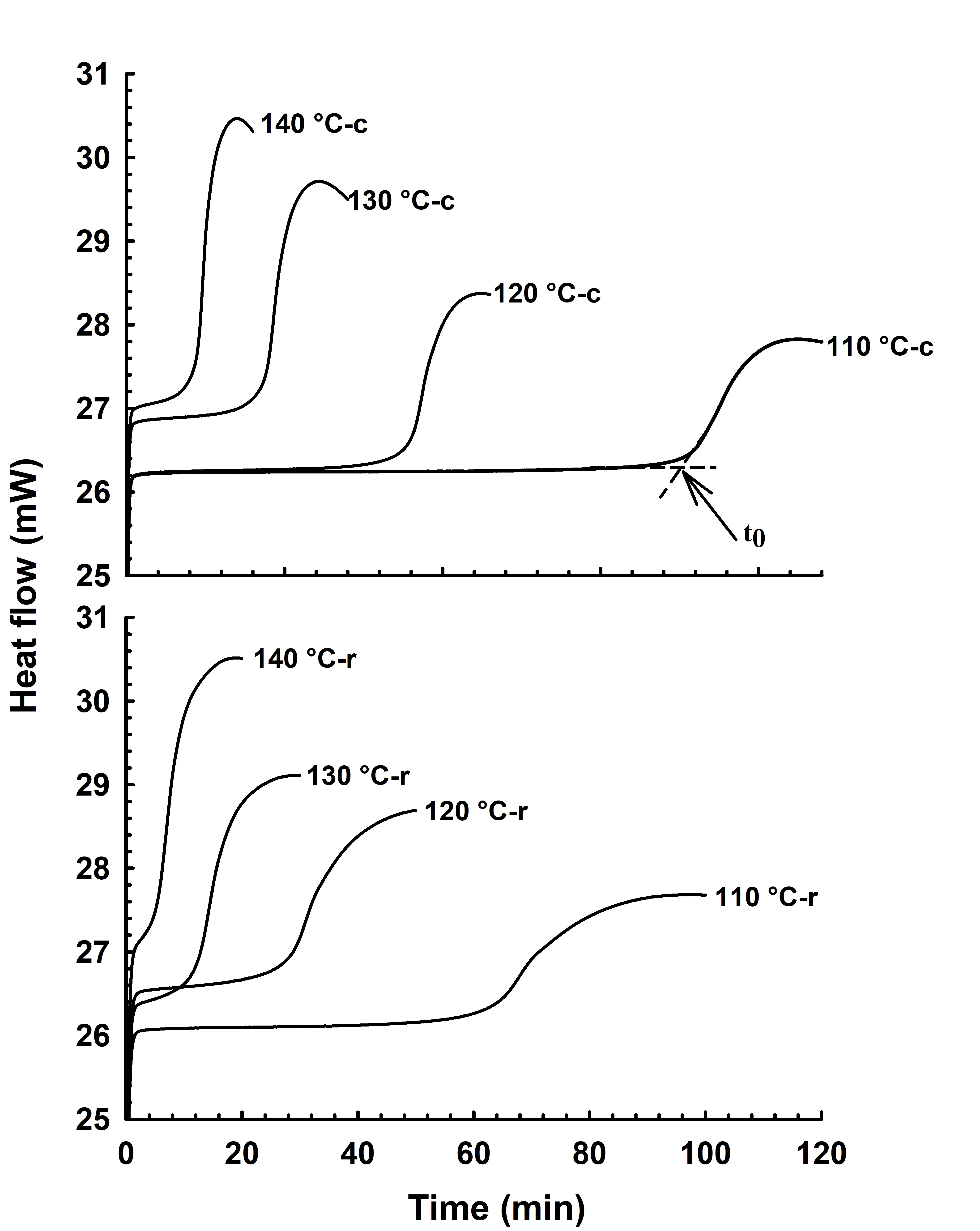 |
|
The growing demand for vegetable oils has led to the study of unconventional sources. Buffalo gourd (C. foetidissima Kunth) could be an alternative one. The effect of the refining process on the composition and physicochemical characteristics of the oil, obtained by the soxhlet method and refined by the combined method, was determined. A yield of 34% crude oil was obtained, as well as differences in color (L* from 78.36 to 87.51, b* from 18.52 to 11.31). In the fatty acid profile, unsaturated predominated: 87.97% and 73.20%, respectively. No foreign functional groups were detected, the viscosity changed from 0.045 to 0.062 Pa*s and the oxidative stability decreased markedly in the refined oil. In the sensory test, no difference was identified between fritters obtained with refined buffalo gourd seed oil and those made with commercial canola oil. Due to the composition and characteristics observed, both crude and refined oil could be an alternative for consumption.
Keywords: color, fatty acids, infrared spectrum, oxidative stability, viscosity.
|
|
 |

